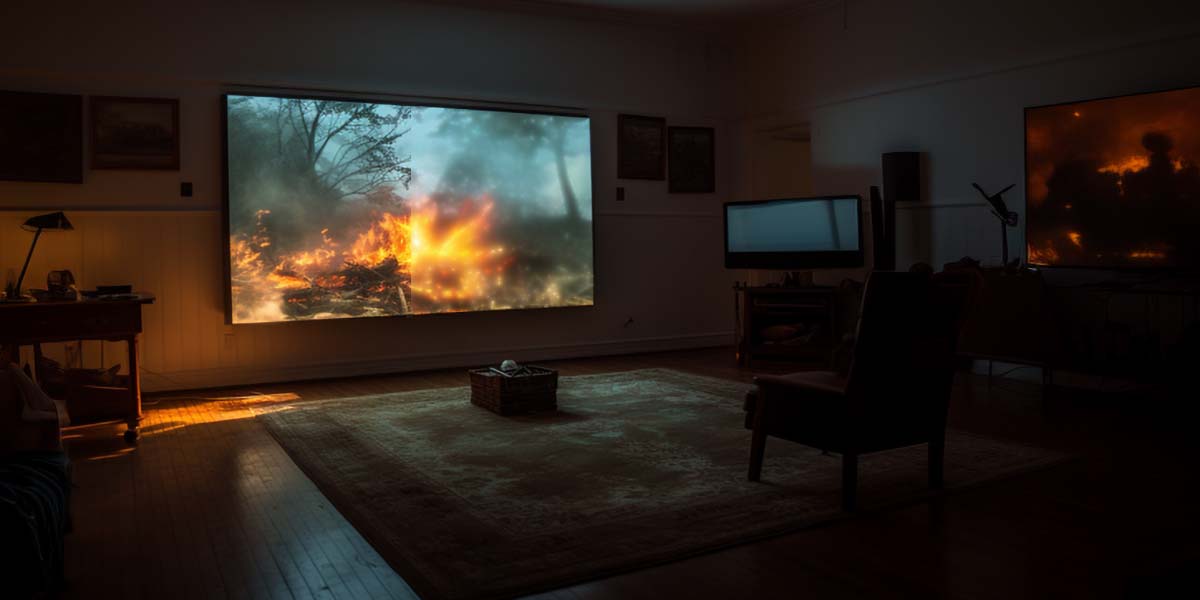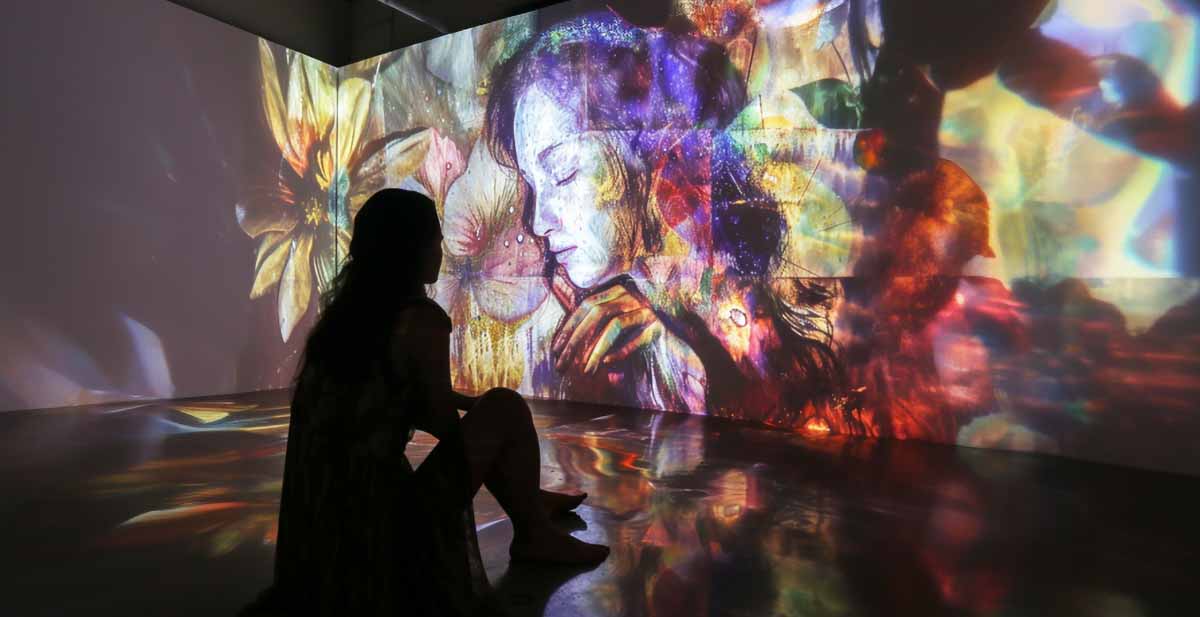When giving presentations, a blurry projector image can be a frustrating and distracting issue. It can make it difficult for the audience to see the information being presented and can diminish the overall quality of the presentation. However, there are several steps that can be taken to correct a blurry projector image.
Firstly, it is important to check the focus of the projector. If the projector is out of focus, it can cause the image to appear blurry. Adjusting the focus can often solve the problem. Secondly, it is important to ensure that the projector is positioned correctly. If the projector is not aligned properly, it can cause the image to appear distorted or blurry. Finally, it is important to check the resolution of the image being projected. If the resolution is too low, it can cause the image to appear blurry or pixelated. By taking these steps, it is possible to correct a blurry projector image and ensure that presentations are clear and effective.
Colin wrote this!
writer/editor at weavemymat.com

An avid technologist, having spent many years working in technical industries, and specializing in all kinds of tech stuff.
Check out more about him here!

Identifying the Problem
Blurry Image vs. Fuzzy Image
When it comes to identifying the problem with a projector image, it’s important to distinguish between a blurry image and a fuzzy image. A blurry image is one that lacks sharpness and appears out of focus, while a fuzzy image is one that lacks clarity and appears grainy or hazy.
A blurry image is often caused by a problem with the focus of the projector or the lens. On the other hand, a fuzzy image is often caused by low resolution, poor quality source material, or a problem with the projector’s bulb.
Potential Causes of Blurry Images
There are several potential causes of blurry images when using a projector. Some of the most common causes include:
- Incorrect focus: If the projector is not focused correctly, the image will appear blurry. Adjusting the focus can often solve this problem.
- Dirty lens: A dirty lens can cause the blurriness. Cleaning the lens can often improve the image quality.
- Incorrect distance: If the projector is too far away or too close to the screen, the image may not appear clear. Adjusting the distance can often solve this problem.
- Poor quality source material: If the source material is of poor quality, the image may be blurred. Using high-quality source material can often improve the image quality.
- Low projector resolution: If the projector has a low resolution, the image may appear blurry. Upgrading to a higher resolution projector can often improve the image quality.
By identifying the cause of the blurry image, it’s possible to take the necessary steps to correct the problem and improve the quality of the projector image.
Troubleshooting the Projector
If you’re experiencing a blurry image on your projector, there are a few things you can do to troubleshoot the issue. Here are some steps you can take to improve the image quality:
Adjusting the Focus
One of the most common reasons for a blurry image is that the projector is not in focus. To adjust the focus, locate the focus ring on your projector lens and turn it until the image becomes clear. It’s important to note that some projectors have an auto-focus feature, so make sure to check your user manual to see if your projector has this feature.
Checking the Lens for Dirt or Damage
Another reason for a blurry image could be a dirty or damaged lens. Check the lens for any dirt or smudges and clean it with a soft, dry cloth. If there are any scratches or damage to the lens, you may need to replace it.
Checking the Projector Position
The position of your projector can also affect the image quality. Make sure that the projector is positioned at the correct distance from the screen or wall. If the projector is too close or too far away, the image may appear blurry. Additionally, make sure that the projector is level and not tilted, as this can also affect the image quality.
Checking the Cables and Connections
Finally, check all of the cables and connections between the projector and the video source. Make sure that all cables are securely connected and that there are no loose connections. If you’re using an HDMI cable, try switching to a different cable to see if that improves the image quality.
By following these troubleshooting steps, you should be able to improve the image quality on your projector. If you’re still experiencing issues, consult your user manual or contact the manufacturer for further assistance.
Advanced Solutions
If the basic solutions did not work, there are a few advanced solutions that can help correct a blurry projector image.
Replacing the Lamp
If the projector lamp is old or damaged, it can cause blurry images. Check the lamp hours in the projector settings and replace the lamp if necessary. Refer to the projector manual for instructions on how to replace the lamp.
Cleaning the Internal Components
Dust and debris can accumulate inside the projector, causing blurry images. To clean the internal components, follow these steps:
- Turn off the projector and unplug it from the power source.
- Remove the lamp cover and lamp.
- Use a soft brush or compressed air to gently clean the internal components.
- Reinstall the lamp and lamp cover.
Adjusting the Keystone
Keystone refers to the distortion that occurs when the projector is not perpendicular to the screen. Adjusting the keystone can help correct a blurry image. Follow these steps:
- Go to the projector settings and select Keystone Correction.
- Use the arrow keys to adjust the keystone until the image is clear.
- If necessary, adjust the projector’s position to achieve the best image quality.
In summary, if the basic solutions did not work, replacing the lamp, cleaning the internal components, and adjusting the keystone can help correct a blurry projector image.
Preventing Future Blurry Images
Regular Maintenance
To prevent future blurry images, regular maintenance of the projector is essential. The following maintenance tasks should be performed regularly:
- Cleaning the lens: Dust and dirt on the lens can cause blurry images. Use a soft, lint-free cloth to clean the lens. Avoid using paper towels or tissues, as they can scratch the lens.
- Replacing the lamp: Projector lamps have a limited lifespan, and as they age, they can cause blurry images. Replace the lamp as recommended by the manufacturer.
- Cleaning the air filter: A clogged air filter can cause the projector to overheat, leading to blurry images. Clean the air filter as recommended by the manufacturer.
Proper Use
Proper use of the projector can also prevent blurry images. The following tips should be kept in mind:
- Use a stable surface: The projector should be placed on a stable surface to prevent vibrations that can cause blurry images.
- Avoid direct sunlight: Direct sunlight can interfere with the projector’s image quality. Use curtains or blinds to block sunlight from the room.
- Use the correct resolution: Using the correct resolution for the projector can prevent blurry images. Check the projector’s manual for the recommended resolution.
Storage
Proper storage of the projector can also prevent blurry images. The following tips should be followed:
- Store the projector in a cool, dry place: High temperatures and humidity can damage the projector and cause blurry images.
- Cover the lens: When storing the projector, cover the lens to prevent dust and dirt from accumulating on it.
By following these tips, users can prevent future blurry images and ensure that their projector continues to provide high-quality images.

